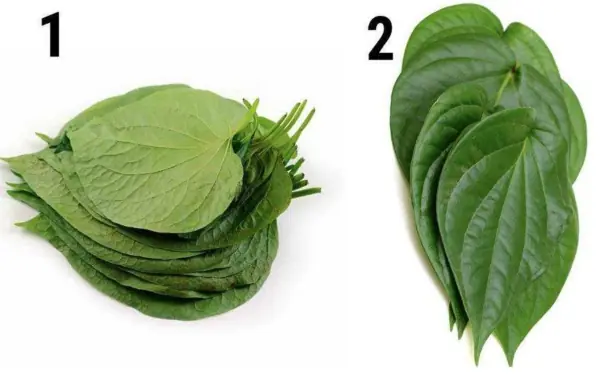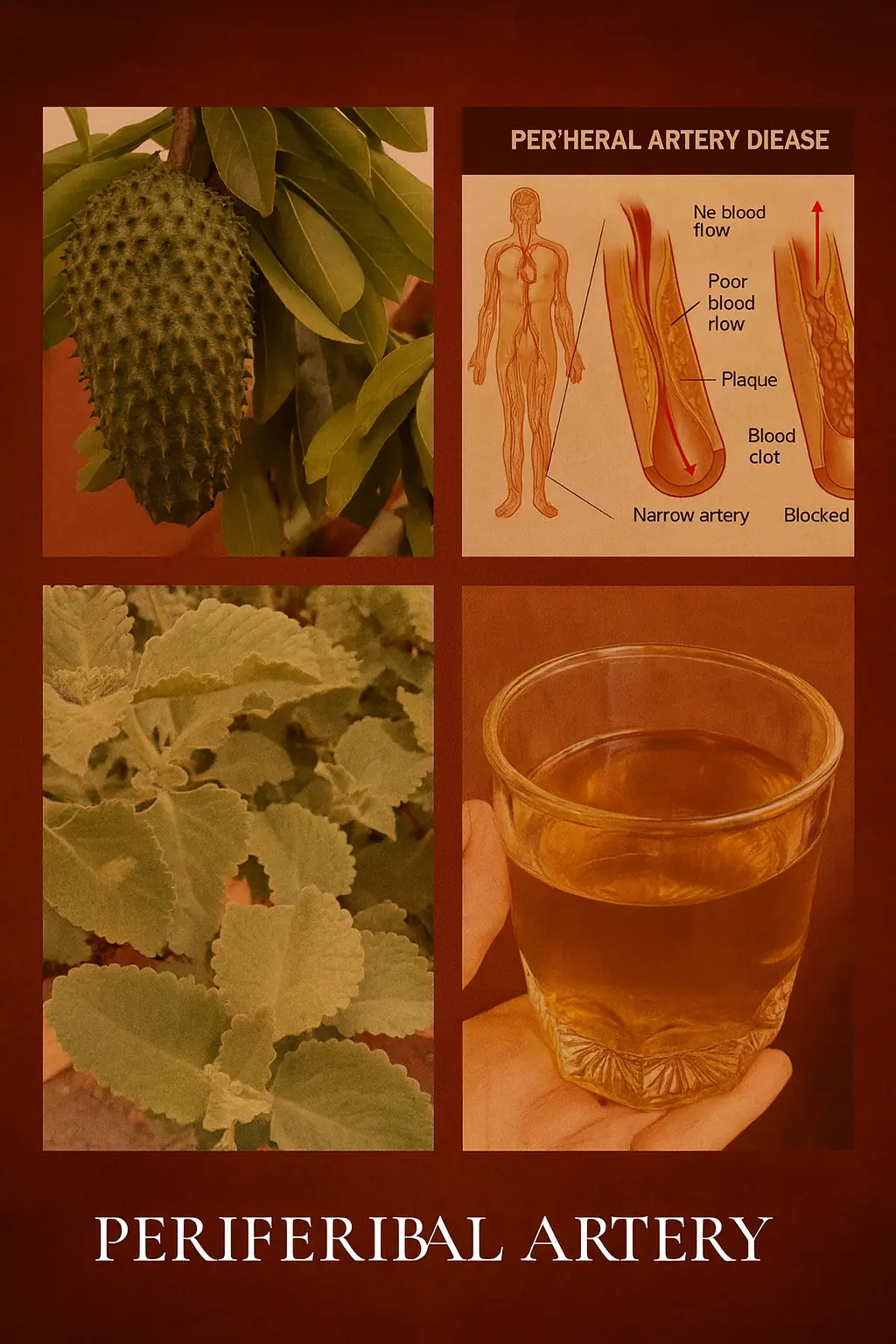
Relax 2025-02-08 16:43:37
How to distinguish between betel leaves and lolot leaves
Betel leaves and lolot leaves are often confused due to their similar appearance and uses in culinary and cultural contexts. However, they have distinct characteristics that make it possible to differentiate them. Here’s a detailed comparison to help distinguish between the two:
1. Botanical Differences
-
Betel Leaves (Piper betle):
- Family: Piperaceae
- Plant Type: Perennial vine
- Native Regions: South and Southeast Asia
-
Lolot Leaves (Piper sarmentosum):
- Family: Piperaceae
- Plant Type: Perennial herb or vine
- Native Regions: Southeast Asia, especially in Thailand, Vietnam, and Malaysia
2. Leaf Shape and Size
-
Betel Leaves:
- Shape: Broad, heart-shaped with a pointed tip.
- Size: Larger than lolot leaves, typically 8-10 cm long and 5-8 cm wide.
- Texture: Smooth, with a shiny upper surface.
-
Lolot Leaves:
- Shape: Heart-shaped but often more rounded with a blunt or slightly pointed tip.
- Size: Smaller than betel leaves, usually 6-10 cm long and 3-6 cm wide.
- Texture: Slightly rougher texture, sometimes with a wrinkled appearance.
3. Leaf Venation and Color
-
Betel Leaves:
- Venation: Prominent and well-defined central vein with fine lateral veins.
- Color: Bright, glossy green on the upper side, paler green underneath.
-
Lolot Leaves:
- Venation: Less prominent than betel leaves, with a somewhat networked pattern of veins.
- Color: Dark green on the upper side, sometimes lighter underneath but usually a more consistent green.
4. Aroma and Flavor
-
Betel Leaves:
- Aroma: Strong, pungent, and spicy, similar to pepper.
- Flavor: Peppery and slightly bitter, often used in betel quid (chewing).
-
Lolot Leaves:
- Aroma: Milder, with a slightly earthy and somewhat citrusy scent.
- Flavor: Mild and slightly peppery, often used in Vietnamese cuisine, especially in dishes like “Bò lá lốt” (beef wrapped in lolot leaves).
5. Culinary and Medicinal Uses
-
Betel Leaves:
- Culinary: Commonly used in Southeast Asian cuisine as a wrap for meats and other fillings, and in the traditional practice of chewing with areca nut and lime.
- Medicinal: Used in traditional medicine for its antiseptic and digestive properties.
-
Lolot Leaves:
- Culinary: Widely used in Southeast Asian cooking, especially in Vietnam and Thailand, for wrapping meat and fish or in salads and soups.
- Medicinal: Known for its anti-inflammatory and antioxidant properties, used in folk medicine.
6. Growth Habit and Environment
-
Betel Leaves:
- Growth: Grows as a climbing vine, often supported on trellises or other plants.
- Environment: Prefers warm, humid climates and requires shaded areas with well-drained soil.
-
Lolot Leaves:
- Growth: Grows as a ground cover or low vine, not typically climbing.
- Environment: Thrives in moist, shaded areas and can grow in a variety of soils.
News in the same category


Grandma Saw the Sweater She Knitted for Her Granddaughter Donated and Decided It Was Time for a Talk About Appreciation

My Late Mom Left Me a Trust Fund, but My Dad Took Money from It for His Stepdaughter — I Finally Retaliated

My Husband Made Me Sell My Apartment to Pay Off His 'Business Debts' After Being 'Dumped' by His Partner — But It All Turned Out to Be a Lie

My Landlord Raised My Rent Because I Got a Promotion — Big Mistake Messing With a Single Working Mom of Three

All the Guests Brought Black Gifts to My Birthday Party — If Only I Knew What Was Coming

Cleaner Stepped Into a Stranger’s Home

My Mom Avoided Me for Years

My Best Friend Asked Me to Watch Her Kids for an Hour – I Didn't See Her Again for 7 Years

My Husband Had Been Secretly Transferring Money from Our Joint Account to My Best Friend for Months

What’s The Purpose Of The Fabric Strip Across Hotel Beds

How dare you even touch the patient

My mother-in-law, who works with me, humiliated me in front of the entire office

The experienced doctor was only hired as a nurse after prison

She hadn’t even managed to say “I do!” at the registry office

Her mother-in-law opened the box, peered inside, and blushed

Quiet Ksyusha told all her husband’s relatives off with a few choice words

After the betrayal by his wife and his so-called friends

So, according to you, is it normal to rummage through a purse

Mom, you’re just a pauper!» Pashka shouted, slamming the door of his room.
News Post

Bronchiectasis: Symptoms Most People Overlook
Health 13/12/2025 18:07

Respiratory Failure: Causes and Emergency Signs
Health 13/12/2025 18:02

The Hidden Power of Nutrition: 14 Overlooked Nutrients That Transform Health
Health 13/12/2025 18:00

Lung Infections: Common Types and How to Treat Them
Health 13/12/2025 17:54

Obsessive-Compulsive Disorder (OCD): Misunderstood Signs
Health 13/12/2025 17:51

Dizziness and Balance Problems: What They May Indicate
Health 13/12/2025 17:46

Nerve Damage: Common Causes and Recovery Tips
Health 13/12/2025 17:42

10 DIY Storage Ideas to Quickly Organize Your Home
Facts 13/12/2025 17:29

How to Remove Yellow and Brown Stains From a Toilet Seat Before Replacing It
Tips 13/12/2025 16:59

It Takes 1–2 Years for a Woman’s Body to Fully Recover After Pregnancy — Not Just 6 Weeks
Facts 13/12/2025 16:54

World’s First 3D-Printed Windpipe Successfully Implanted in South Korea
Facts 13/12/2025 16:49

The Natural Glow: Yeast and Yogurt Mask for Radiant Skin
Beatuty Tips 13/12/2025 16:39

How a 20-Minute Walk Can Positively Transform Your Brain and Body
Facts 13/12/2025 16:37

12 Common Kitchen Mistakes You Should Avoid for Better Health and Safety
Facts 13/12/2025 16:19

The 4 hidden causes of persistent phlegm in your throat (& how to fix it naturally)
Health 13/12/2025 16:08

Understanding the Signs and Symptoms of Mineral Deficiencies
Facts 13/12/2025 16:07

4 popular supplements that rapidly drain potassium from your body
Health 13/12/2025 16:07

Turmeric and vitamin D are allies against high blood pressure in diabetes
Health 13/12/2025 16:06

This is How Headaches Reveal What is Wrong With Your Health
Health 13/12/2025 16:03

#1 best way to reverse & slow dementia
Health 13/12/2025 16:02